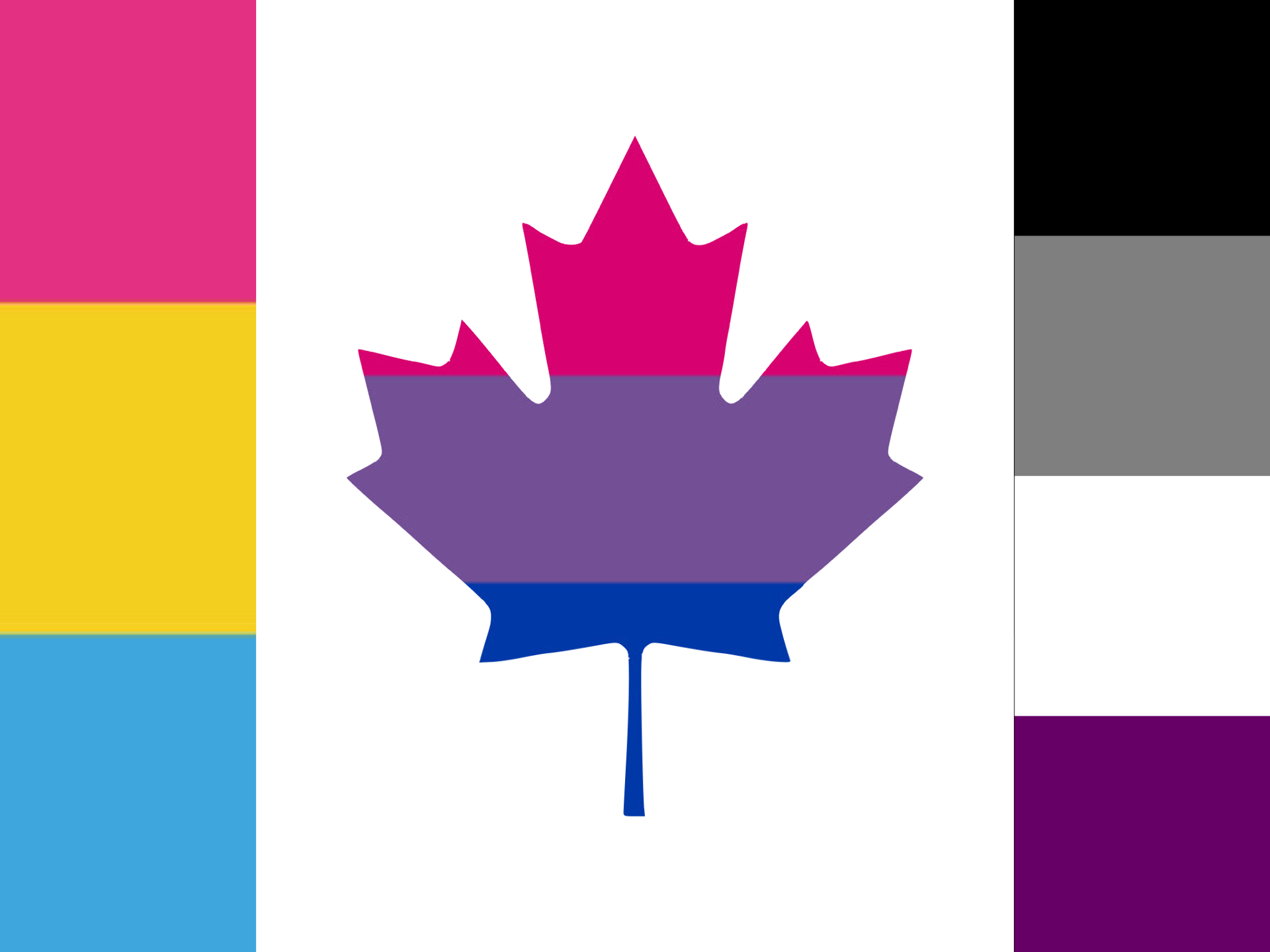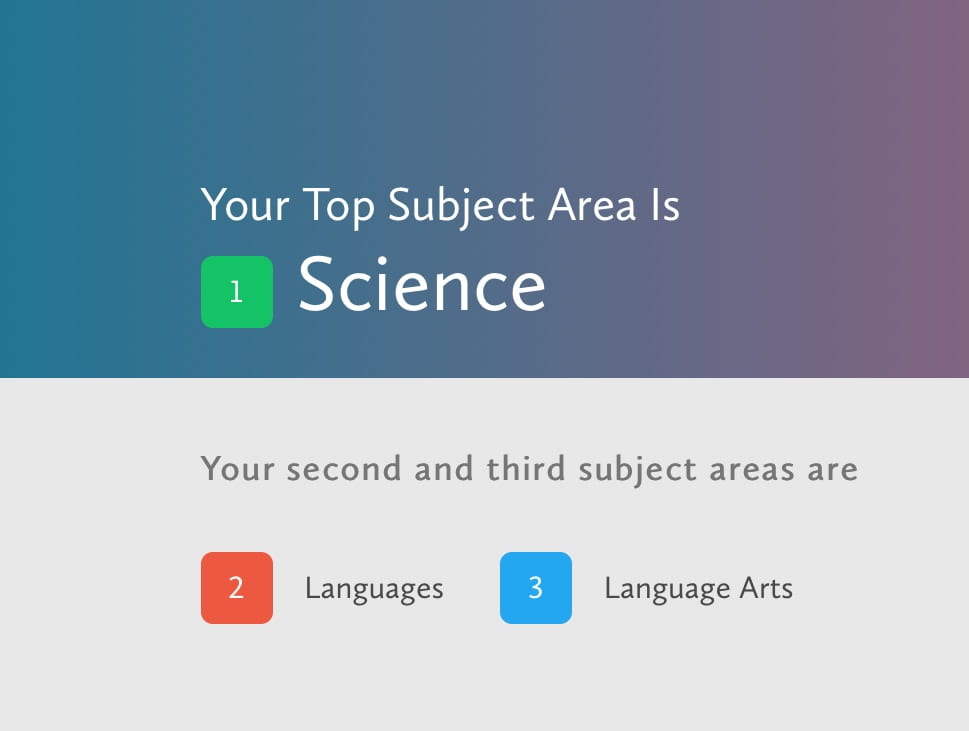Canada. The wonderful, magical cold land of maple syrup and nice people. The thing is, stereo types aren’t very accurate. Although Canada is diverse, throughout history, and to this day, we haven’t always been very accepting of minority groups. In this project, we learned all about different minority groups, focusing on the Chinese minority in Canada in class, and separate minorities for our project. I’ll get to the main project later. First, we’ll talk about Chinese people in Canada, and specifically in Vancouver.
In the late 1800’s and early 1900’s, there were a lot of Chinese immigrants. The thing was, they didn’t want Chinese immigrants. So they enforced the head tax, where Chinese immigrants had to pay $50, to $100, to finally $500 to come into Canada. Once here, they were limited in location. In Vancouver, the Chinese could only live in Chinatown. It’s horrible to think about how hard these people worked to get to Canada, only to be forced to live in certain areas, experiencing Canada completely differently than any white person would’ve.
To deepen our knowledge of Chinese history, and Chinatown, we started reading a book called Jade Peony by Wayson Choy. The book focused around a Chinese family living in Vancouver’s Chinatown. There were three parts to the story, each told from one of the children’s perspectives. It was a very interesting book, and it was interesting to see the different perspective of someone, even though born in Canada, who was living a completely different life than, well, my grandpa. He grew up in Vancouver around the same time. The lifestyle differences were really crazy, and yet, childhood was still similar. Children playing soldiers, reading comics, the idealized childhood experience.
Since we were learning all about Chinatown, our teachers thought it would be a great idea to take us to Chinatown. While there, we took a tour with the amazing Judy Lam Maxwell. We got to go into a bunch of really cool historical building, learn about Chinatown’s history, and talk to someone who grew up in Chinatown. While there, we made a podcast. Take a listen!
This podcast was different from others we have done in the past. The goal was to record sounds while on location. I found this very difficult. It was hard to know when to record, and when to be looking around, experiencing Chinatown. Overall, I learned a lot from this experience. The biggest this was probably to record as much as possible. Then, when it comes time to edit, you have a lot more to work with.
Throughout this project, we’d been focusing on perspectives. To finalize the perspective piece, we had to write a positionality paper. It was basically an in-class essay where we explored how our positions impact our experiences with literature.
I thought it was a really cool topic, and I had a good time writing it. Probably the most challenging part about it was the tone. It was a formal essay, but because it was kinda personal, we were also writing in the first person, using I. We’ve never done it before, so that was probably my biggest challenge.
Now, finally, we can get to the project of the unit. As we do in PLP 10, it was a podcast. In groups of three or four, we had to research a minority group in Canada to see how they experienced Canada differently. Our minority group was the LGBTQ+ community. Since that is very broad, we decided to focus on three identities within the LGBTQ+ community, those being Pansexual, Bisexual, and Asexual. We wanted to focus on these groups because along with discrimination outside the LGGBTQ+ community, there is also a lot of discrimination towards these groups inside of the LGBTQ+ community.
For our podcast, we had the pleasure of interviewing Yvette Narlock, an openly queer person at Seycove. It was an amazing experience, and I learned so much. Our podcast is so much better because of her.
This was a really cool experience. Along with learning a bunch about the LGBTQ+ community, the Chinese community, and minorities in Canada, I also got to work on my podcasting skills. I’m still not amazing at podcasting, and this was far from perfect, but I think it went really well. For the future, I will be really aware of audio levels. Other than that, I’m really proud of our work!











